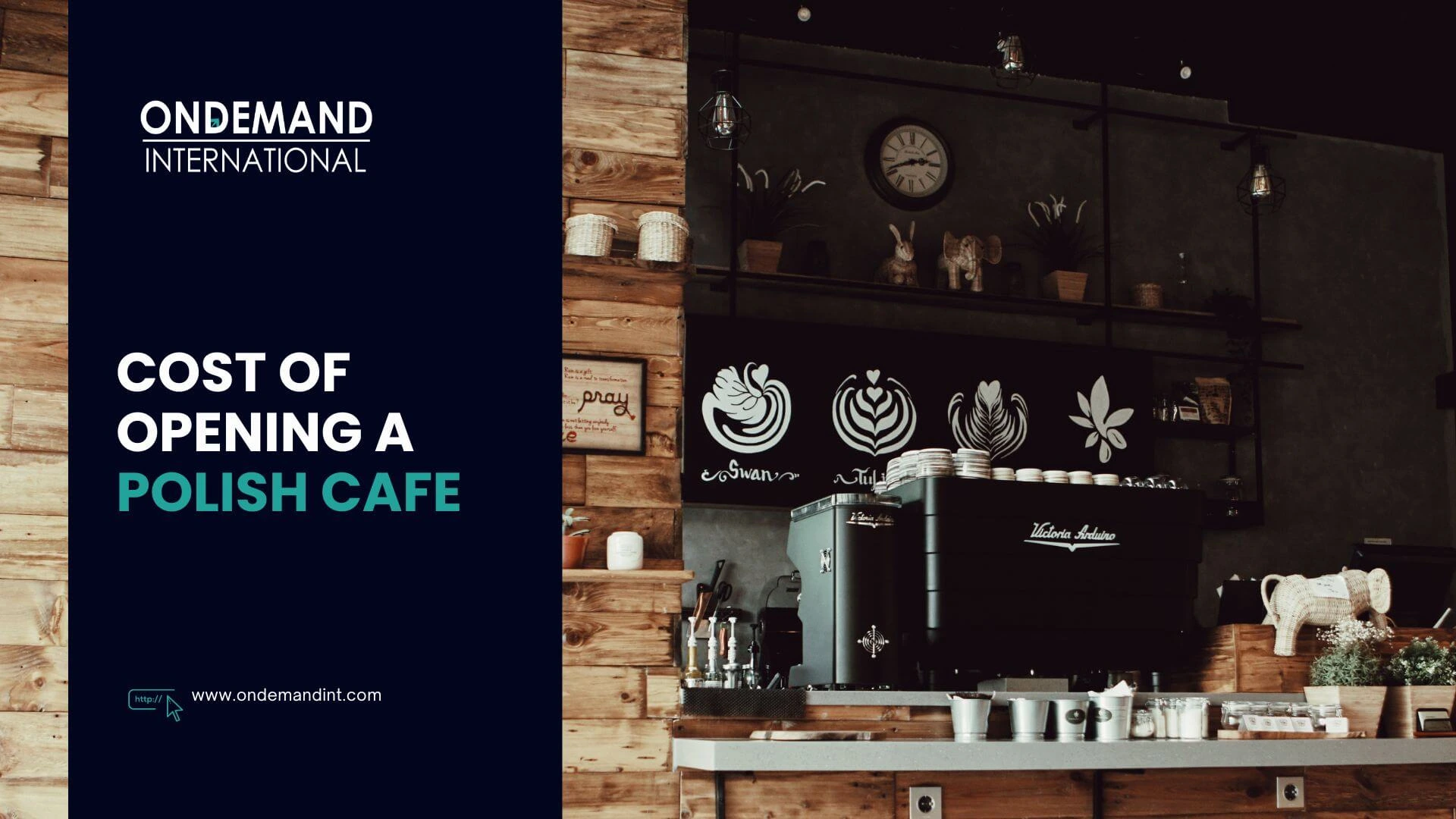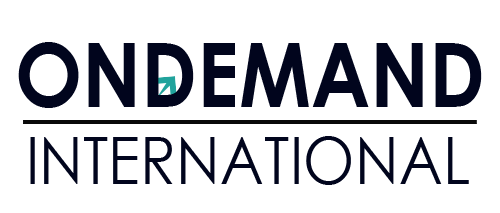
Cost of Opening a Cafe in Poland
Do you have aspirations of introducing the comforting aromas and welcoming ambiance of a Polish cafe to a location nearby?
Polish food is becoming more and more popular, and this presents an excellent opportunity to capitalize on the growing market. Prior to making your first cup of zesty zurek and choosing curtains, you should be aware of the cost of opening a Polish cafe.
We’ll examine all the major elements that will affect your bottom line in this post, from staffing and marketing to location and equipment. We’ll also provide you with some insightful advice on how to manage your finances and turn your vision of a Polish café into a reality. Now take a hot cup of czarna kawa and prepare to explore the world of Polish coffee prices!
Coffee Shop Startup Costs
Starting a coffee shop in Poland can be the best business idea for you. Your goal of owning a coffee business could soon come true with the correct preparation.
In fact, among the restaurant and food services industries, one of the fastest-growing business ideas is the cafeteria. What is the operational cost of a cafe or coffee shop? This might be among the inquiries you might be posing to yourself at this very moment if you are thinking of starting a Polish cafe.
It can be difficult to obtain a rapid estimate of the cost to open a coffee shop. This is a result of the nature of the enterprise and every variable involved in the investment. It’s imperative to consider the major variables first in order to stay within budget.
The following are some anticipated startup costs for coffee shops:
Location
When assessing how much it will cost to open a Polish café, one of the most crucial things to take into account is the café’s location. The cost to open a Polish cafe varies depending on the area chosen. Attractive locations with high visibility and foot traffic may have much higher rent or lease costs than less attractive locations. However, there may be other advantages to these strategic locations, such as more visibility to passing customers, a larger customer base, and the potential for higher sales. On the other hand, renting a less visible or remote location may save money on rent, but it may also limit the range of potential customers and reduce overall revenue opportunities.
Set Up Your Cafe for Success.
When projecting the cost of starting a Polish café, it is imperative to take into account the necessary furniture and equipment. A café needs a variety of commercial kitchen appliances, including coffee makers, dishwashers, refrigerators, and ovens. These things can get pricey, so it’s critical to compare costs and identify vendors who provide high-quality goods at reasonable costs.
Apart from kitchenware, you will also require furniture for the cafe’s sitting section. This includes furnishings like tables and chairs as well as accent pieces that provide a warm and welcoming ambiance. Take into account the initial cost of buying these things as well as any continuing maintenance costs.
Licenses and Permits cost of opening a Polish cafe
It takes the required licenses and permits to operate a Polish cafe. It is important to investigate the legislation in your area as the particular criteria may differ based on where you live. Liquor licenses (if you intend to offer alcohol), food service permits, and health department certifications are examples of common licenses and permissions.
Application fees, inspections, and recurring renewal costs are usually required in order to obtain these licenses and permissions. It’s crucial to account for these expenses when calculating the total cost of opening a Polish café.
Food Expenses and Inventory
The cost of food and inventory is one of a Polish cafe’s biggest recurring expenses. A genuine dining experience requires the procurement of genuine Polish ingredients, which might be expensive. Look into regional wholesalers and suppliers to get the best deals without sacrificing quality.
The price of routine inventory management, which includes keeping track of expiration dates, cutting waste, and placing new supply orders, should also be taken into account. You may minimize food wastage and optimize your food expenditures by keeping a close eye on your inventory and putting cost-cutting measures into place.
Expenses for Marketing and Promotions
You should set aside money for marketing and promotion in order to make sure your Polish café succeeds. Strategic marketing initiatives are necessary to attract customers and increase brand awareness. Think about funding social media campaigns, local community engagement initiatives, and internet advertising.
Budgeting for continuing marketing costs is crucial. These costs include the upkeep of a website, the creation of menus and other promotional materials, and organizing events to draw in new clients. Investing in marketing methods that work will help your café become more visible to customers.
Extra Expenses
When starting a Polish cafe, there are a number of additional fees to take into account in addition to the primary ones mentioned above. These could include maintenance costs, utilities, insurance payments, accounting and legal fees, and so forth. In order to make sure you’re financially prepared, it’s crucial to develop a thorough budget that accounts for all of these additional expenses.
Conclusion
Starting a Polish cafe can be a joyful experience that will infuse your neighborhood with a touch of warmth and Polish culture. However, like with any entrepreneurial endeavor, it is vital to comprehend the associated costs. Although the numbers given are a good place to start, keep in mind that the size, location, and distinctive concept of your cafe will have a big influence on the total cost.
Don’t be discouraged by the numbers! Think about it: making the initial investment is just the beginning. Your ability to connect with customers and your level of passion and dedication will ultimately define how successful you are. Keep in mind that you are creating more than simply a cafe—you are creating a sanctuary where the scent of pierogi and the warmth of Polish hospitality will leave a lasting impression.
So, prioritize your vision while you consider the costs. On Demand International will help you make careful plans. Your cafe may become a vibrant center of happiness and community with careful planning and a dash of that unique Polish energy, so making the initial investment is a worthwhile start toward achieving your dream.
FAQ’s
Unfortunately, giving a single “average” cost for Polish cuisine ingredients is misleading due to regional variations, ingredient quality, and portion sizes. However, some staple ingredients like cabbage, potatoes, and flour are relatively inexpensive. Meat dishes tend to be pricier, while vegetarian options may be more cost-effective. Ultimately, menu item costs depend on your specific choices and sourcing strategies. Aim to research your intended location and suppliers for accurate cost estimates.
Location: High-foot-traffic urban cafes may offer larger margins but also higher expenses.
Idea: While cafes offering speedier service may see their margins shrink sooner, fine dining establishments may have larger margins.
Management: Profitability can be greatly impacted by effective operations and cost control.
Joint stock corporations and limited liability firms are subject to corporate income tax (CIT). 19% is the current rate.
Partners in partnerships and sole proprietorships are subject to personal income tax, or PIT. The range of progressive tax rates is 17% to 32%.
Tax on Value Added (VAT): The standard rate of VAT is 23%; for certain goods and services, there are lower rates of 8% and 5%.

